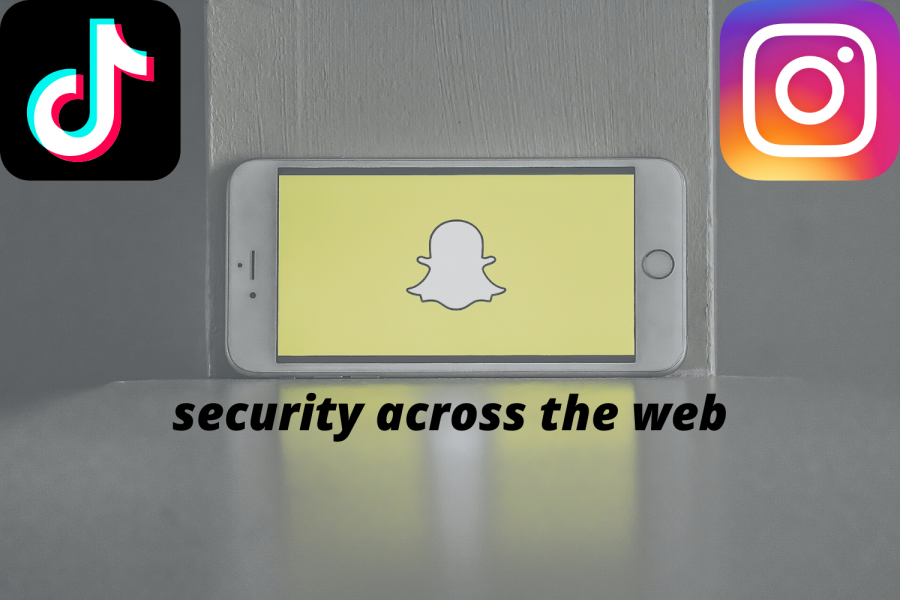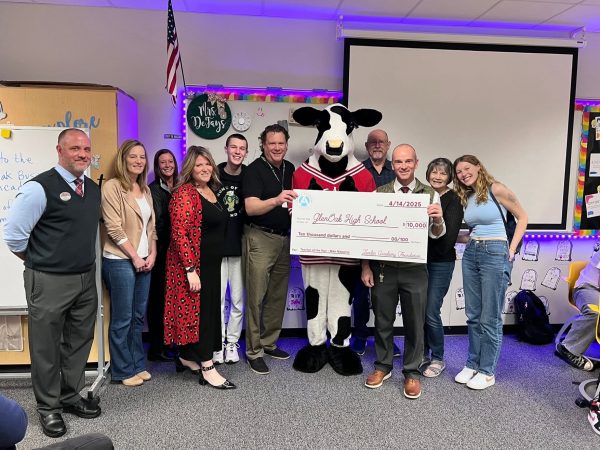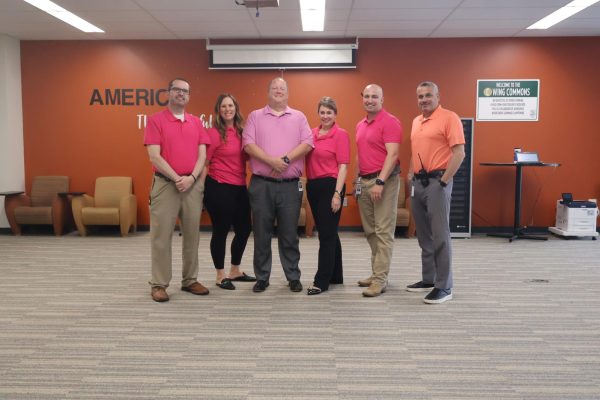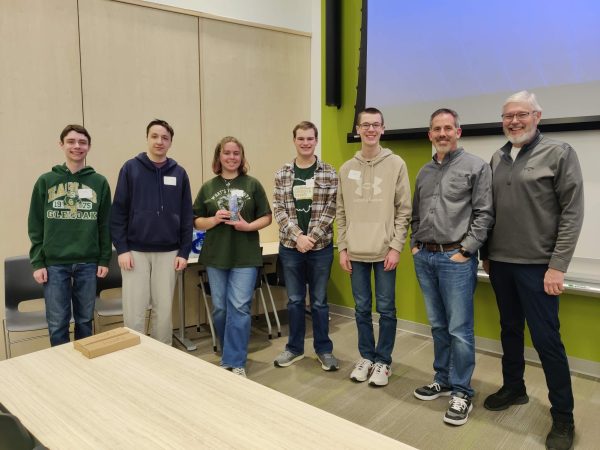Dealing with social media issues
Common misconceptions between safety and security in high school involved in students online lives
Today the world is prone to ditching social lives and replacing them with social media posts. Among the younger population, it is practically impossible to resist.
Social media has created a constricting relationship between self-expression and self-restraint, creating boundaries on what you can and should probably not post. However, these boundaries are still up in the air and questionable.
When a student posts something menacing and derogatory on their personal social media about something school-related, this raises concern about consequences for students who are only exercising their first amendment rights.
MAHANOY AREA SCHOOL DISTRICT v. B.L. shows the world of Millennials and Generation Z social media posts can be protected at the level of a high school student.
According to Oyez.org, the case involved Brandi Levy, a student at Mahanoy Area High School (MAHS).
Levy tried out for and failed to make her high school’s varsity cheerleading team, making instead only the junior varsity team. Over a weekend and away from school, she posted a picture of herself on Snapchat.
The post she created had profound and vulgar language regarding her status on the cheerleading team. The week after the post was created, the staff body decided to suspend Levy from the J.V. team.
After suing the school and taking it up to the Supreme Court, an eight-to-one decision siding with B.L. on the issue gave leeway into students’ expression via their social media accounts, since they are not through school connections. This means they are not using school emails or numbers, they are using their personal accounts.
Matthew Cribbs, History teacher, talks about the Brandi Levy case in specific, and how its impact will be seen throughout the years to come.
“There are times where schools are allowed to censor students, but when is the real question,” Cribbs said. “When you’re in extra curriculars, you have certain standards and you have to follow them. Social media is becoming a part of that standard.”
Outside of the Supreme Court, and more into the local standpoint, students and teachers here at the high school are well aware of the toxic online presence some students hold. As a result, the faculty here has developed a presence with the Say Something App over the years.
Designed in use of emergencies with the general GlenOak public, the Say Something App has been helpful in many dangerous cases via the student body, whether it was a threat towards another person, or helping with the general public’s mental health.
Gayle Kimbrough, deputy principal, explains the basics of the Say Something App and how it has helped the safety of students.
“If a student submits a tip, it goes through a call center in Miami, and there’s messages between the ‘tipper’ and the employee through the ‘say something place’. Then we get a text and an email through the app; it’s all a very quick process,” Kimbrough said.
How quick the tips can be received through the school system can be extremely beneficial for administrators when making sure all students are safe.
Mike Babics, head principal, goes into explaining how the school deals with online issues GlenOak has experienced in the past.
Administrators are not the only ones noticing a huge change in online safety and security. Teachers across the building are noticing it as well.
The Say Something App, in the teacher’s perspective as well as administrative, is the same across the board: very helpful but abused by people not using it correctly.
“I think it’s a good thing, but it is abused,” Cribbs said. “Times when we should ‘Say Something’, we don’t, and then we mess with the system. But in its entirety, I think it does help the student population with safety.”
The app created for the student’s security at GlenOak is favored among the majority of the administration. However, other problems will occur.
An event that happened the week of Oct. 25 caused confusion about spirit week across the student body. Students unhappy with the official spirit week made one up on their own that spread through GlenOaks social media universe. Senior Greg Giavasis, the student in charge of managing the Eagle’s online Instagram account, decided to post the spirit week made up by students.
Giavasis explains his thoughts on the situation, and how he believes the power he possessed over the page can do more good than harm.
“I am limited in what I can and cannot post, however, I understand that I am representing a brand not just myself when I post,” Giavasis said. “I strongly feel that my position of running a school-affiliated social media account has done more to benefit the GlenOak community than harm it.”
Giavasis also goes into great detail about his thoughts on the fake spirit week situation, and how the online rules of the GlenOak account can be seen clearer after this situation occurred.
“I reposted an image of a list of spirit themes created by students in support of the GlenOak football playoff game. I was aware at the time the list wasn’t through the school’s official ‘Spirit Club’, but I felt that the student-created list better represented the student body,” Giavasis said. “While I still have mixed feelings about aspects of what happened, I now better understand the guidelines on what I can and cannot post.”
Giavasis had a temporary ban from the social media platform sparking a “#freegreg” movement, where students across the school wanted him back in charge of the social media for The Eagle, which he is in charge of again.
Giavasis believes the incident was a tipping point for a much needed conversation between administration and students.
Online security and safety is a growing concern for all, but it is nothing to shiver and fear about. All young adults hold the power to their own content, even if it means they face consequences later.
The COVID-19 pandemic has certainly shined a light on how people use their online atmosphere as a method of communication, but the concern is if this is a true improvement or not.
Your donation will support the student journalists of GlenOak High School. Your contribution will allow us to purchase equipment and cover our annual website hosting costs.






